|
Yesterday I'd had a quick look around the hotel to see if there were any suitable outside sockets to plug in a moth lamp but couldn't find, any and our room on the second floor wasn't really suitable either. So this morning we resorted to collecting up a few moths from the around the hotel lights to photograph. Douglas knew the name of one of them but that's as far as we've got at the moment. In the morning we went out in the vehicle to explore the local area but there were hardly any butterflies flying as it was so dry so we returned for lunch and gave Jose the afternoon off. Later we went for a walk from the hotel past the small sewage settling ponds that serve the hotel. There was always a good variety of warblers here (nine species today including Black-throated Green that we don't see that often) and always a few waders and Louisiana Waterthrush. On this occasion there were two Solitary Sandpiper as well as the ubiquitous Killdeer. I spent a few minutes trying to photograph a Limpkin with little success and Lynn told me afterwards that a Killdeer had been feigning a broken wing behind me (I'd been to busy watching the Limpkin to notice). This meant only one thing - that it had a nest close by. It took me only a moment to find it so a quick photo and then we retreated to a safe distance and the female quickly returned to the nest which was a relief. Douglas showed us an insignificant-looking Umbellifer in the Apiaceae (celery, carrot and parsley family) that he said was a foodplant of the Black Swallowtail Papilio polyxenes. This is the only resident Swallowtail that we haven't yet seen. In fact nobody has recently, and very little is known about it in Cuba, and there are no photographs of it alive taken on the island as far as I'm aware. There were also lots of Cardiospermum but no sign of Silver-banded Hairstreak Chlorostrymon simaethis larvae or adults though its good to know the plant for the future. Núñez (2004) compiled a list of the Lepidoptera of Topes de Collantes (555 species) based on a study of old records and further fieldwork in 2002-3. We added several new species to this list during our two week stay including one yesterday that I forgot to mention - Orange-washed Sulphur Phoebis avellaneda. We saw adults on five separate days during our trip and also found larvae. We watched an Antillean Flasher Astraptes xagua darting about amongst some young coffee plants nectaring on the flowers. Until I got good views of it I was hoping it might be the similar Cuban Flasher Astraptes cassander as that had been found here by Núñez in 2002-3 but sadly that wasn't the case. Douglas pointed out several butterfly foodplants including Senna occidentalis for Cloudless Sulphur Phoebis sennae, and Senna spectabilis for Orange-barred Sulphur Phoebis philea.
0 Comments
Leave a Reply. |
Welcome to our Blog
Here we will post interesting news about what we and others have seen in Cuba. Archives
July 2024
Categories |
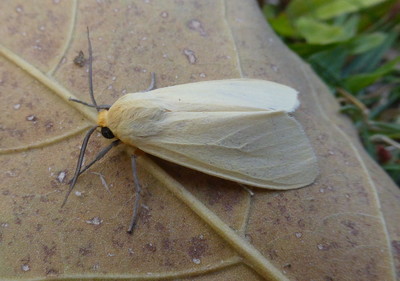
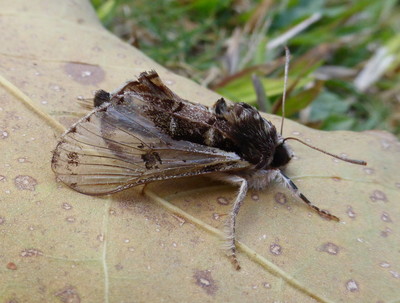
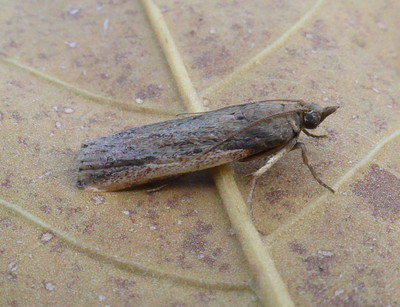
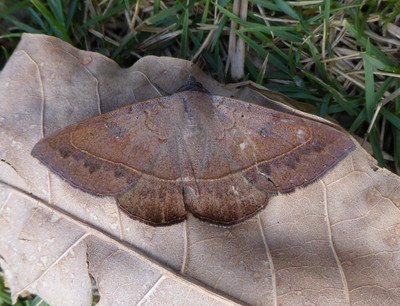
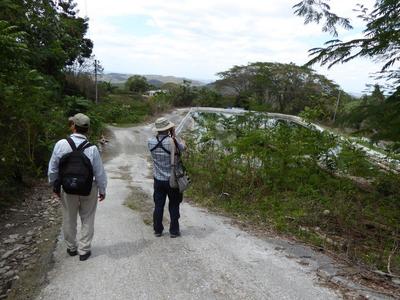
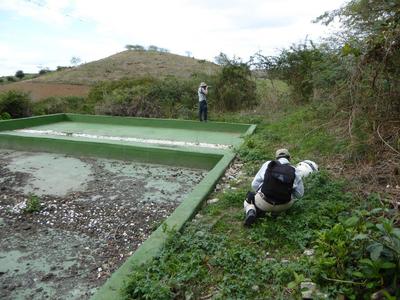
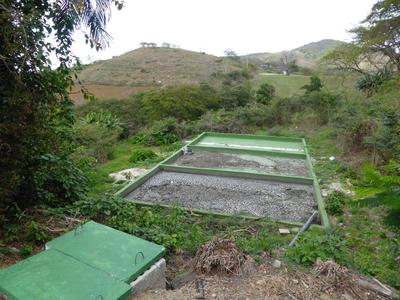
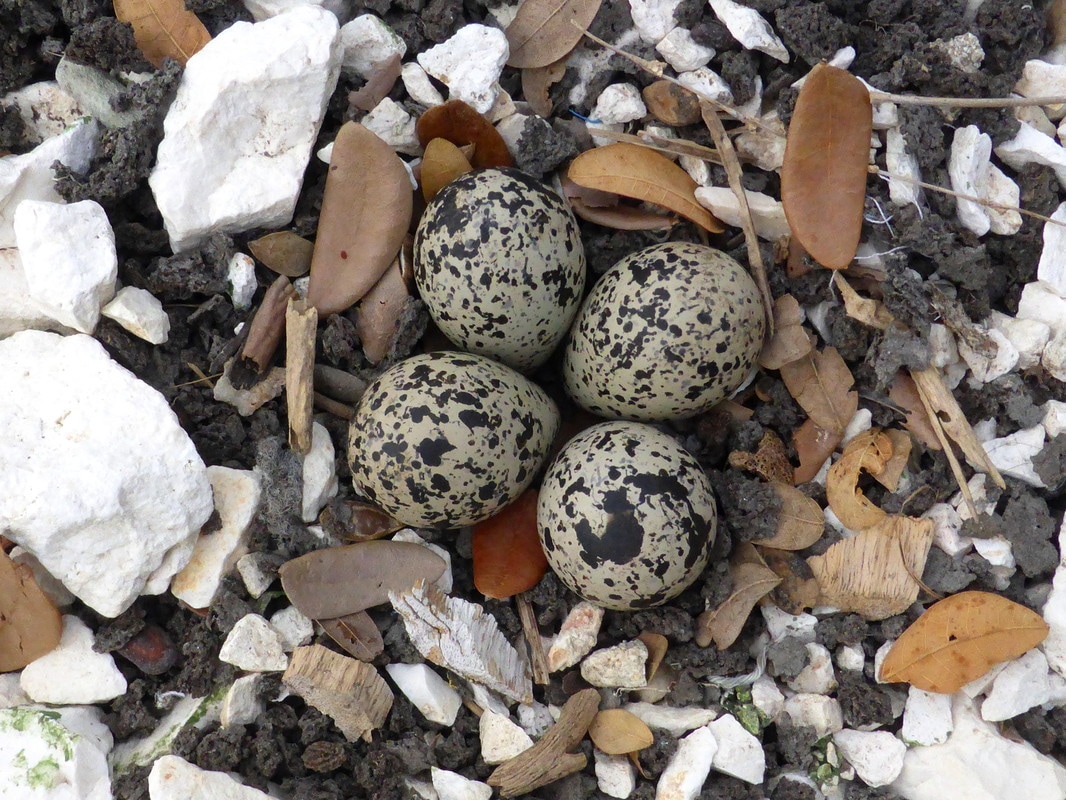
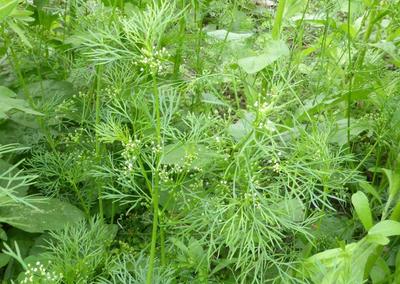
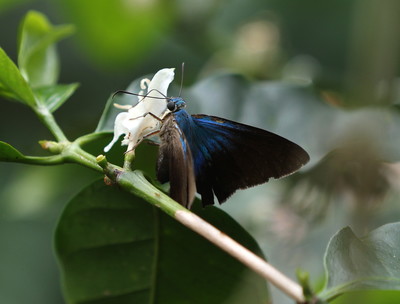
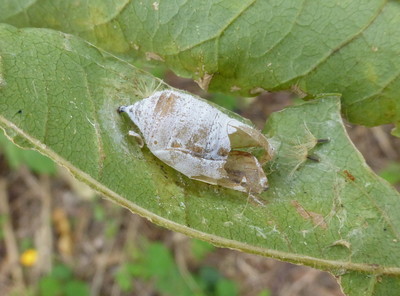
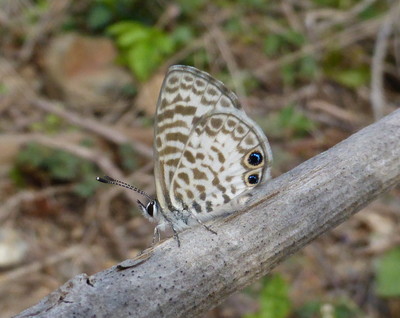
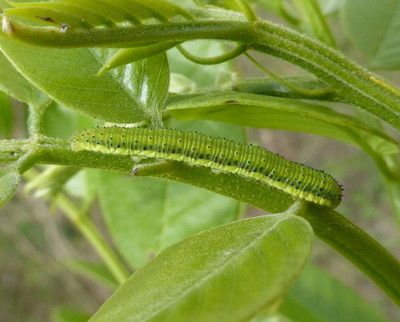
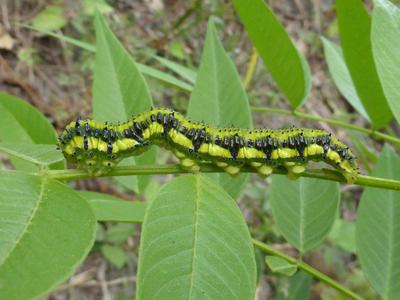
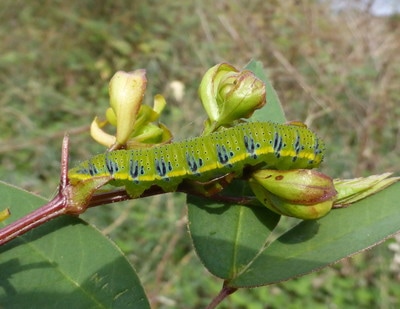
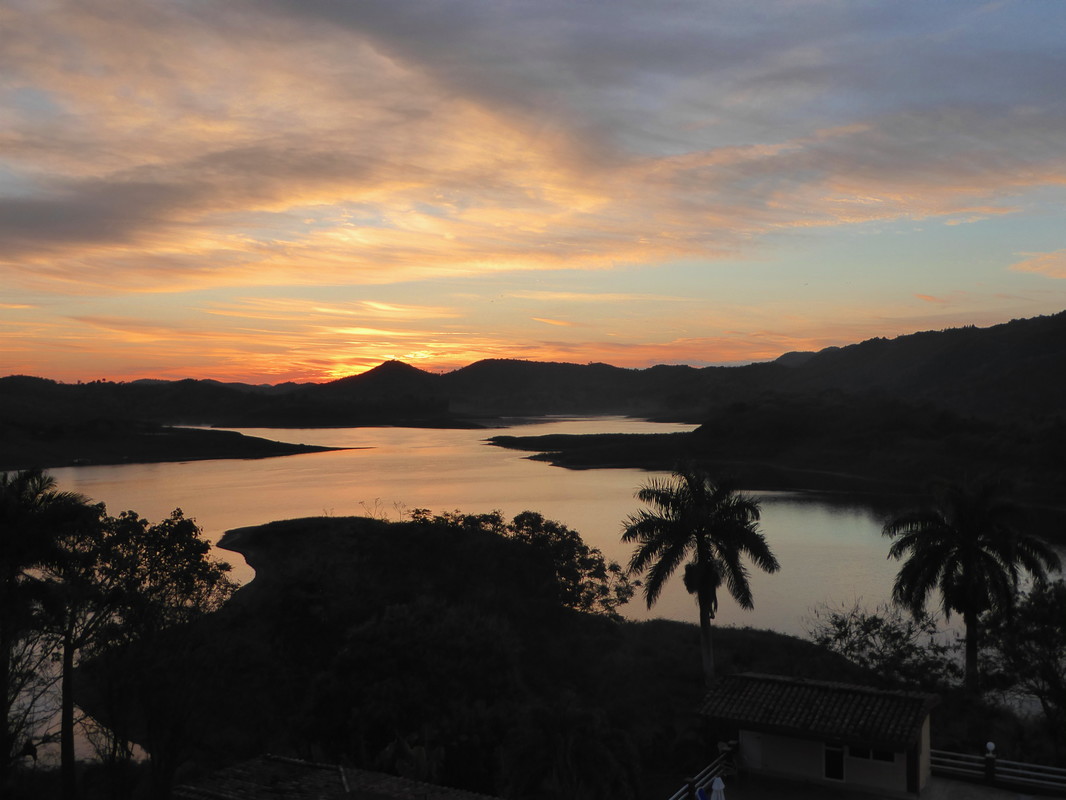
 RSS Feed
RSS Feed